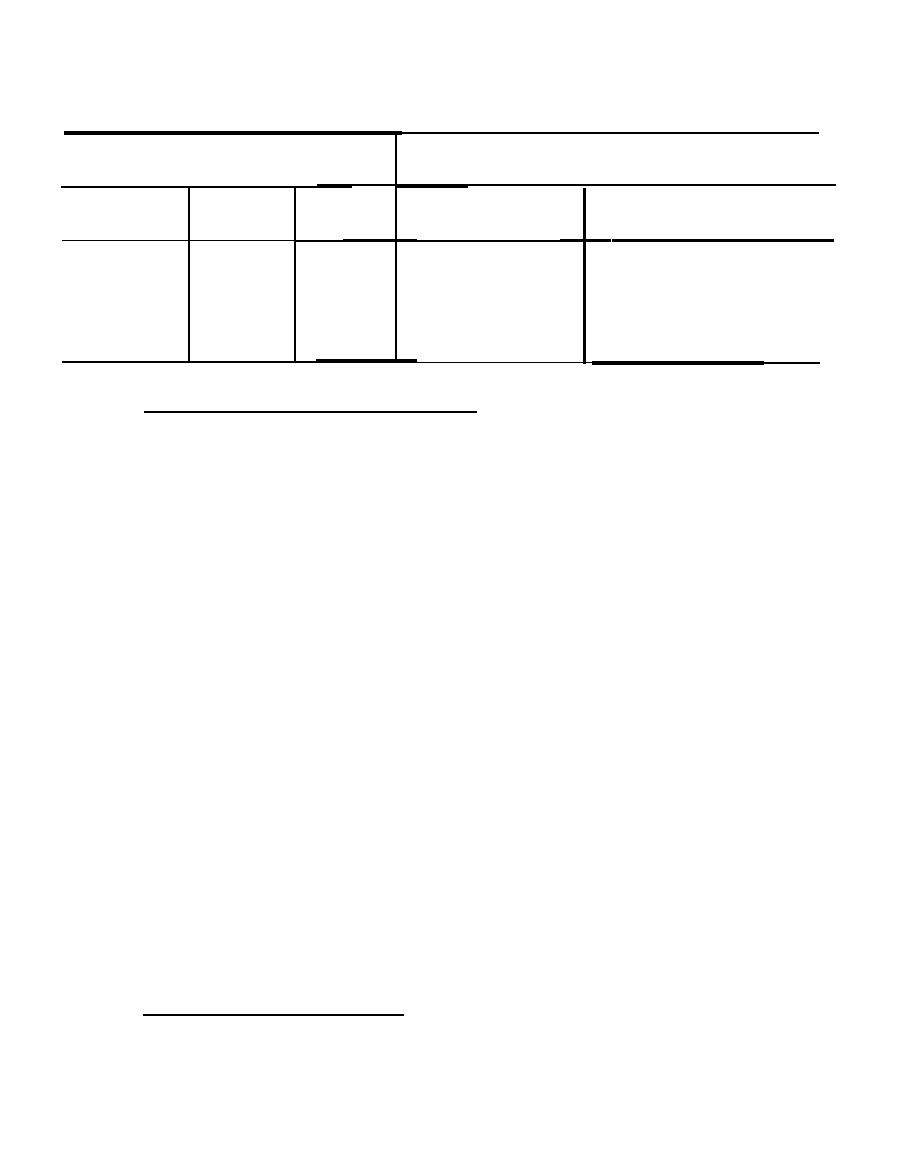 |
|||
|
|
|||
|
Page Title:
Sweep/Step Rate Data Generation |
|
||
| ||||||||||
|
|
 TM 11-5865-215-13
Table 5-6.
A/D Data Selection
decimal counter
U12 output
(pin 2)
(pin 1)
(pin 3)
Analog input
Output
o
1
(selected by U15)
register selected
H
L
L
CLARIFIER
U24A,U24B
L
H
L
MGC
U18A, U18B
L
L
H
SWEEP
UllB
h. Sweep/Step Rate Data Generation. The SWEEP/STEP binary data
output (Q3 thru Q6) from the a/d converter is applied to variable
counter U10 when U11A is strobed by the a/d multiplexer circuits (see
figures 5-9 and FO-11). When the receiver control is in the program-
med step or frequency sweep operation, pressing the front panel START
key produces a momentary low which is applied to the input of NAND
gates U14 and U7. This drives the output of these gates high. The
high presets binary counter U9 with a 15 count, and presets variable
down counter U1O with an N count (N equals the Q3 thru Q6 output from
the a/d converter). Binary counter U9 always counts down from the
preset binary 15 input. As a result, the 2890-Hz input clock (CLOCK B)
is divided by 16, providing a 180-Hz output to U10. This is further
divided by a factor of N by variable down counter U10 to produce the
180-Hz/N output. For example, if U10 is preset with a binary 5 input
(i.e. , Q3 thru Q6 equals 0.012, or N equals 5), the 180-Hz input is
divided by 5. The resulting 36-Hz output is applied to output counter
U 8 . This counter further (divides the input frequency by 2 to provide
the sweep rate. U8 also divides the input by 128 to provide the step
rate.
The divided output (90 Hz/N) is applied to the D2 input of output
register U1lB. In this example, 18-Hz pulses are applied to the D2
input of U1lB, while a 0.28-Hz input (one pulse every 3.56 s.) is
applied to D3. These signals are output to the input port 2 IB22 and
IB23 lines in response to a microprocessor output port 7 OB73 (low)
bit. This information determines the rate at which the receiver fre-
quency changes (when the receiver control. is in the frequency sweep
model, or the step rate at which the programmed receiver commands
change (when the receiver (control is in programmed auto-step mode).
sweep and step rates provided in response to the front panel SWEEP
RATE control (analog voltage) input.
The front panel MANUAL TUNING con-
i. Manual Tuning Conversion.
trol is an optical encoder which provides PHASE A and PHASE B output
signals (see figure FO-11). These signals are applied to A-quad-B
5-26
|
|
Privacy Statement - Press Release - Copyright Information. - Contact Us |